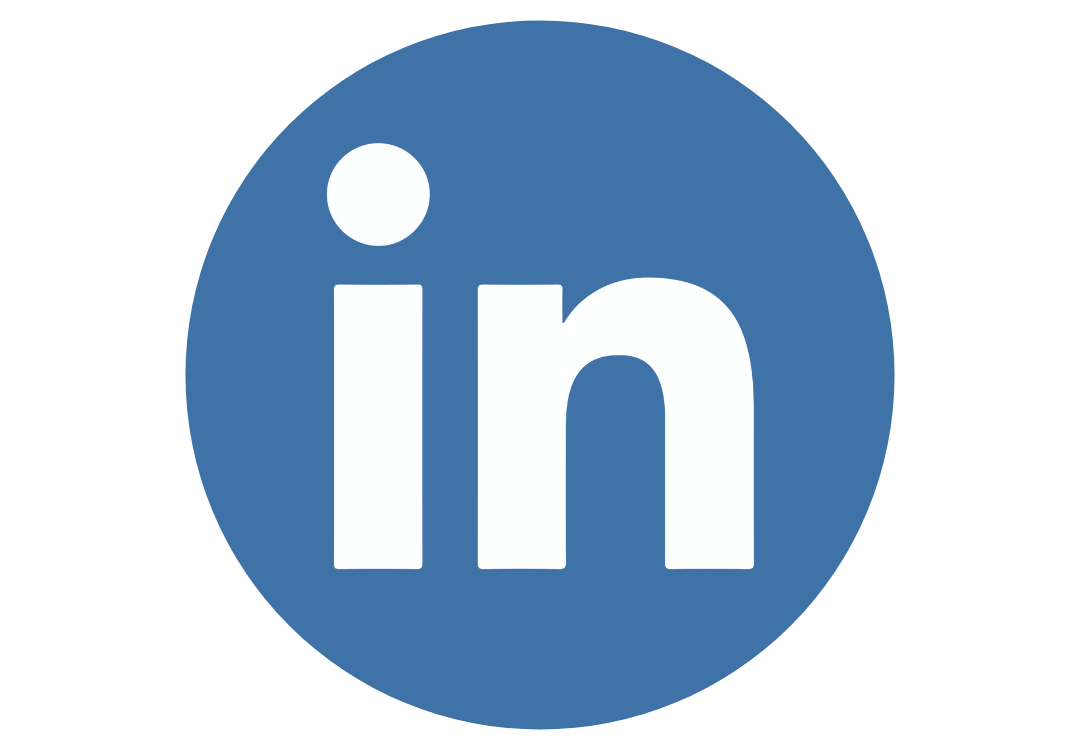Switzerland (Head Quarters)
IDR Medical Switzerland
Austrasse 95, CH-4051 Basel, Switzerland
T:
+41 (0) 61 535 1109
UK
IDR Medical UK
Unit 104 Eagle Tower, Eagle Tower
Montpellier Drive, Cheltenham, GL50 1TA
T:
+44 (0) 1242 696 790
USA
IDR Medical North America
225 Franklin Street, 26th Floor
Boston, Massachusetts 02110, USA
T:
+1 (0) 617.275.4465

Ethnography and ethnographic research methods in medical market research
In recent years there has been a shift in the healthcare landscape in a few key areas: The rise of digital technologies (i.e. telehealth), a push towards patient self-management, and a higher bar for innovation.
Expectations in healthcare are higher, and the COVID-19 pandemic has exacerbated the need for progress in all three areas.
It has never been more important to understand the needs of patients, clinicians and other stakeholders, yet the increasingly complex and evolving landscape makes that task difficult to achieve.
Whilst traditional market research techniques such as interviews and surveys can deliver valuable insights, they do have limitations when used in isolation.
Ethnographic research methods offer a path forward for medical device manufacturers by allowing them to observe behaviours rather than just rely on what respondents say during an interview.
What is ethnographic research?
Ethnographic research methods study how people think, act, and feel in the real world and draws on social science methods ranging from video diaries to role play.
Ethnographic studies are a mainstay of field anthropologists and sociologists, and in theory could last years. In marketing, ethnography is rooted in observation, but studies are typically much shorter due to compressed timelines.
The goal is to observe people in their natural environment (i.e., work, home) and note how they behave or use products and services.
When carried out in conjunction with traditional market research methods, and throughout the lifecycle of a medical device, ethnographic research can produce valuable insights.
On completion of ethnographic research, the raw data (i.e., recordings, transcripts, pictures, videos etc.) is amalgamated and analysed together in order to produce a set of actionable insights that medical device manufacturers can use to innovate and produce solutions that stakeholders want and need.
Take a look at some of the pros and cons of ethnographic research:
Ethnographic research:
|
Pros |
Cons |
|
|
How to use ethnographic research methods in your medical market research
1. Frame your research
Establish clear objectives and an overall project goal that you would like to achieve through the research.
To do this, delve into any existing internal data to help you form your own set of hypotheses (i.e., major obstacles in engagement with product or service) and uncover any unknowns that can be explored in the research.
2. Define the project scope
Identify your target sample and recruit respondents. This can be difficult if there is a range of key stakeholders involved in purchasing or using the product or service.
When using traditional market research alone, i.e., focus groups or online web surveys, large sample sizes are needed to form concrete conclusions.
In ethnographic research, the sample size is much smaller, and it is important to focus on quality rather than quantity in order to prioritise understanding human behaviour, attitudes, and needs in detail.
3. Conduct the ethnographic portion of your research
Plan and conduct a deep-dive ethnographic study. This phase can involve a range of methods or activities, including role playing a patient’s experience during a consultation or touring a healthcare professional’s facility.
The COVID-19 pandemic has had a huge impact on the type of research that can be carried out, and researchers have been forced to find creative alternatives that still achieve the goal of immersing themselves in their respondents’ real life.
Many have harnessed digital methodologies, for example video diaries and video interviews, in order to build a comprehensive data set. This may even continue post-COVID, as it saves on travel time and costs.
4. Analyse all the data to identify key opportunities
The final step can predominantly be carried out by your market research agency. Collate and analyse all data (interviews, videos etc.) to identify patterns among respondents and develop insights into what influences behaviour.
Identify opportunities related to product or service development and build strategies which enable you to action recommendations made by your market research agency.
To read more about ethnography in medical market research, download our eBook.
IDR Medical has over a decade of experience in conducting market research tailored to healthcare markets.
As a renowned market research industry leader, we have conducted projects in over 30 countries to drive success of the products and services of our clients.
If you are planning a new medical device or service launch and need guidance on pricing strategy, identifying purchasing behaviour, opportunity assessment, or any other service, do not hesitate to contact us.
We would be delighted to offer a primary consultation, consisting of an initial discussion by telephone or face-to-face, in order to outline our proposed research approach, with explanation and rationale.



